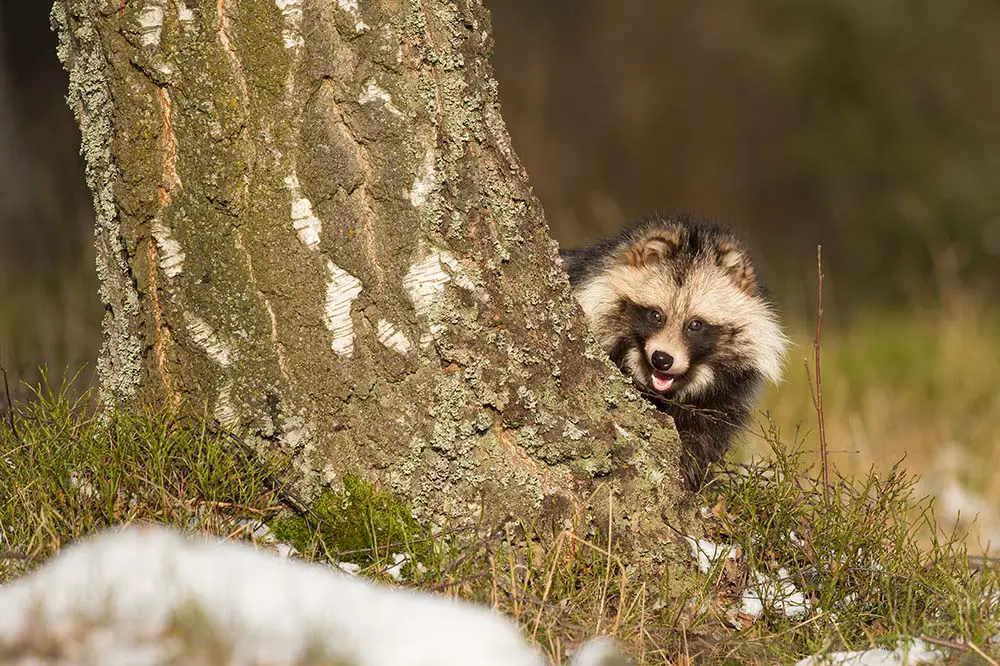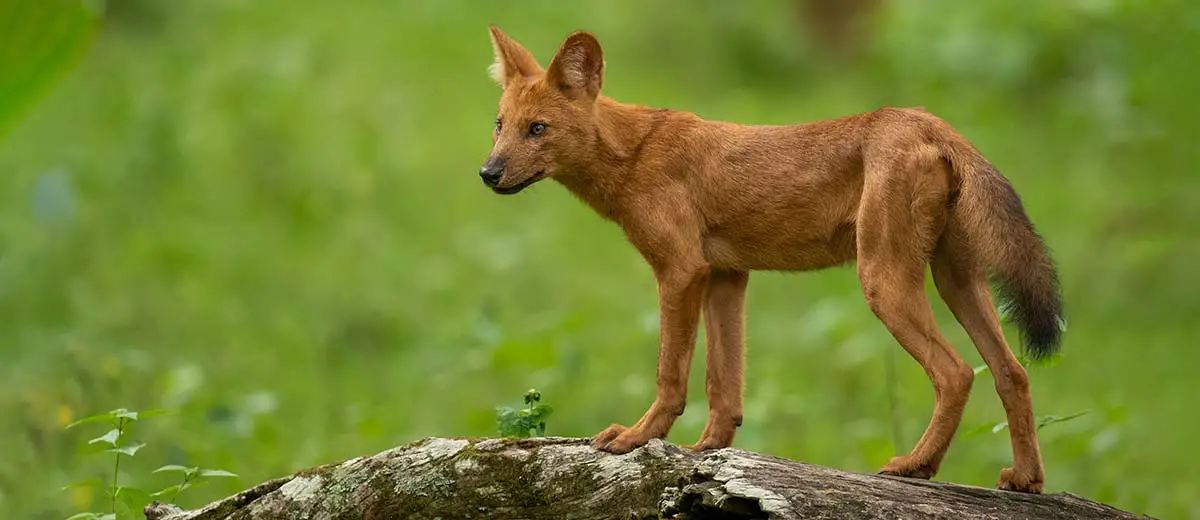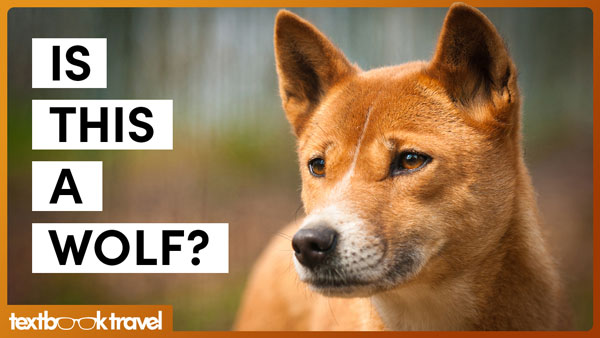All 15 Species of Wild Dog (Wolves, Jackals & Dogs)
Wolves, jackals and wild dogs are the closest relatives to our furry companions, the domesticated dog. They are part of a large clade of animals named Canidae, found in every ecozone on earth and are split into three main groups: wolf-like canines, fox-like canines and South American canines. In this guide, we’ll take a look a quick look at each of these tribes and the 15 species of wild dog found therein. Let’s dive in!
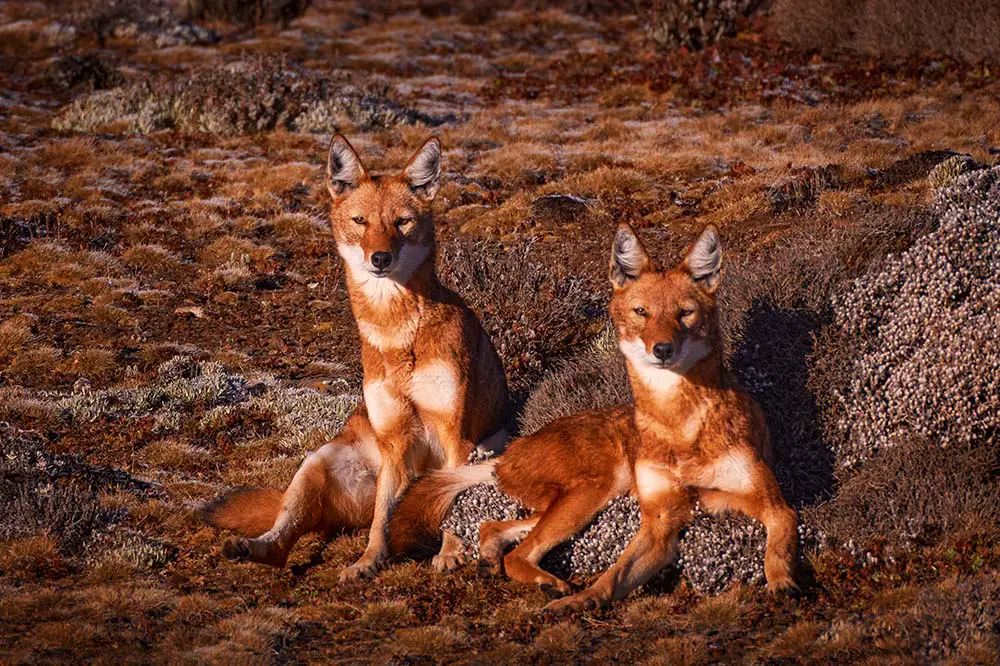
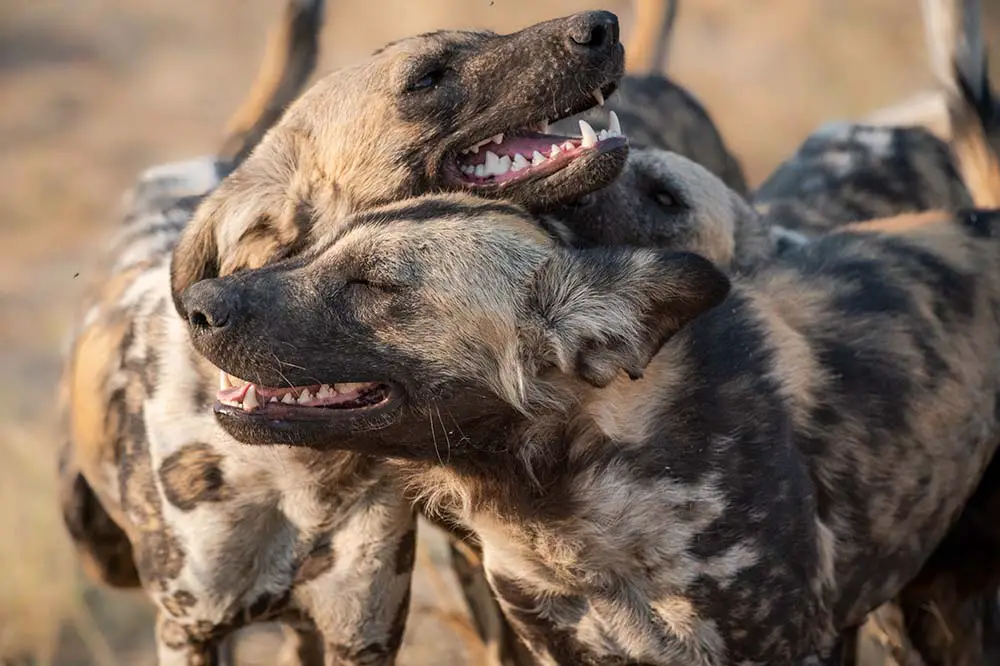
Left: Pair of Ethiopian wolves, Bale Mountains NP, Ethiopia | Ondrej Prosicky / Shutterstock & Right: Two wild dogs show affection after a successful hunt in Africa | Danielle Carstens / Shutterstock
Contents
- Wolf-like Canines | Canina (subtribe)
- Grey Wolf | Canis Lupus
- Dingo | Canis Dingo (debated)
- Coyote | Canis latrans
- African Golden Wolf | Canis lupaster
- Ethiopian Wolf | Canis simensis
- Golden Jackal | Canis aureus
- Dhole | Cuon alpinus
- African Wild Dog | Lycaon pictus
- Side-Striped Jackal | Lupulella adusta
- Black-Backed Jackal | Lupulella mesomelas
- South American Canines | Cerdocyonina (subtribe)
- Maned Wolf | Chrysocyon brachyurus
- Bush Dog | Speothos venaticus
- Short-Eared Dog | Atelocynus microtis
- Fox-like Canines | Vulpini (tribe)
- Common Racoon Dog | Nyctereutes procyonoides
- Japanese Racoon Dog | Nyctereutes viverrinus
Wolf-like Canines | Canina Subtribe
Wolf-like canids are contained within the Canina sub-tribe. It is part of the larger Canini tribe, which also contains many species of fox, which we’ll explore in a later article. Canina contains all species of Jackle and most species of wolf and wild dog. They are found across North America, Eurasia and Africa and are separated taxonomically from the South American canines, such as the maned wolf. In addition to the wild canines found therein, Canina also contains the domestic dog, which is part of the Canis genus, along with several species of wolf, the coyote and the golden jackal.
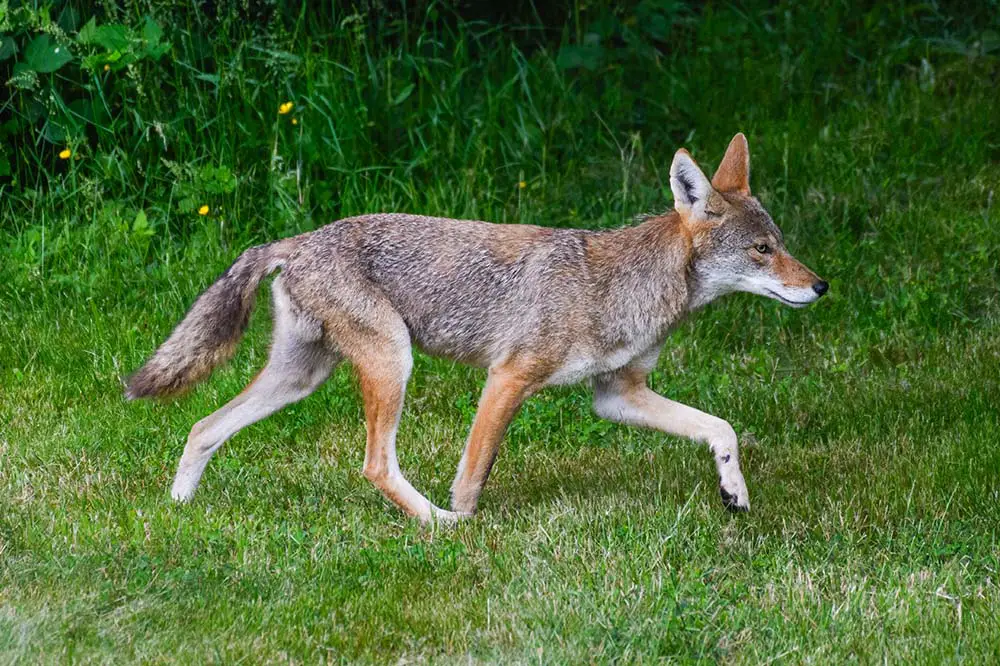
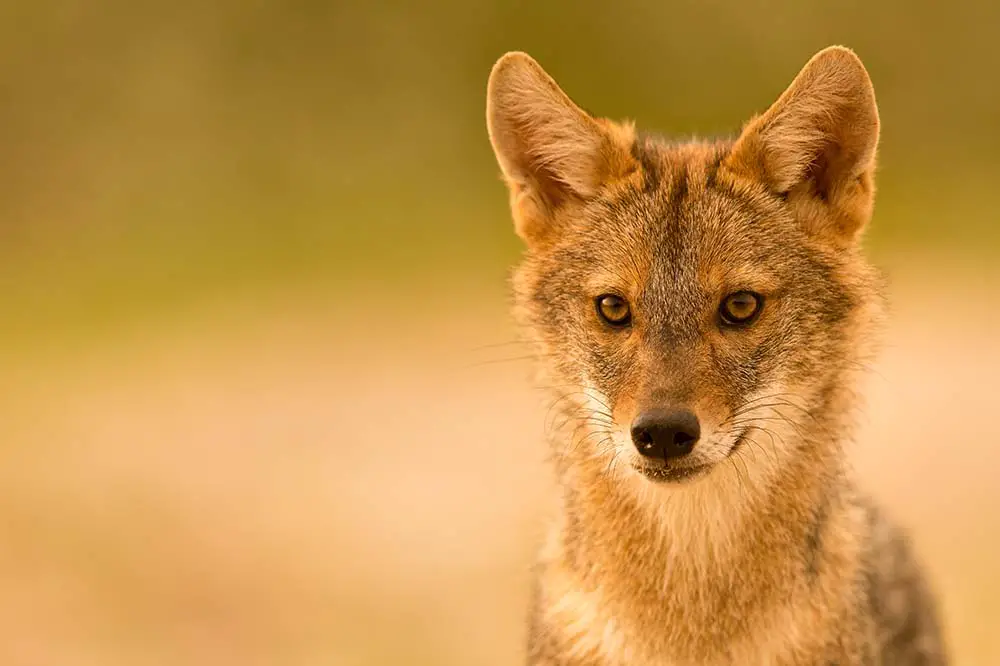
Left: A wild coyote moves across the edge of a lawn | Ian Dewar Photography / Shutterstock & Right: European golden jackal | Wim Hoek / Shutterstock
01 – Grey Wolf | Canis Lupus
The grey wolf is the closest relative to the domesticated dog. It is the largest canine on earth, weighing up to 65kg or just north of 140lbs. Wolves are pack animals who, in contrast to most species of feline, live in nuclear families; those containing both parents and their offspring. The pack is subject to a strict dominance hierarchy and is led by an alpha male and an alpha female. This highly social behaviour is advantageous for several reasons; groups of animals band together to protect each other and can pursue prey much more vigorously. Packs of wolves, for example, have been known to track their prey, which includes the gigantic moose, for up to 60km, waiting patiently for the moment of exhaustion. There are over 30 recognised subspecies of wolf including the arctic wolf who live in Canada and the Himalayan wolf who, unsurprisingly, live in the Himalayan mountain range in Asia.
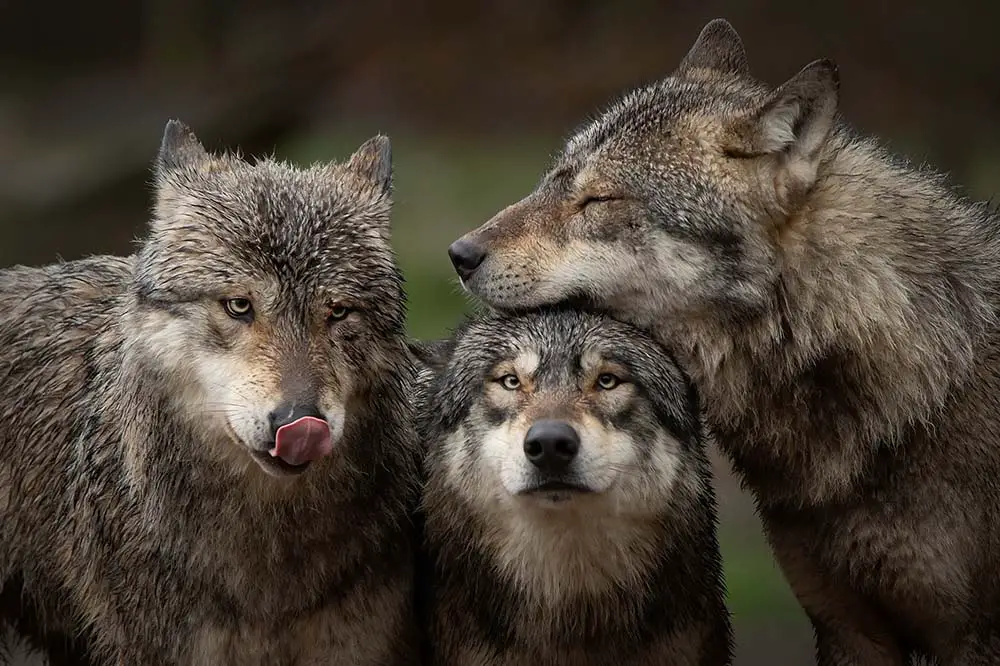
02 – Dingo | Canis Dingo (debated)
The Dingo is a particularly interesting wild dog, if only for its debated taxonomic status. It is thought to be either a subspecies of wolf Canis lupus dingo, a subspecies of domestic dog Canis familiaris dingo, or a separate species altogether Canis dingo. Regardless, this feral canine lives exclusively in Australia and is usually found in a range of colours from a dark reddish-brown to a lighter white coat but can also be entirely black or white. Like wolves, dingos are territorial and hunt in groups of up to 12. Their diet can include larger mammals such as kangaroos and wallabies but they mostly prey upon the abundant supply of rabbits found in the Australian outback.
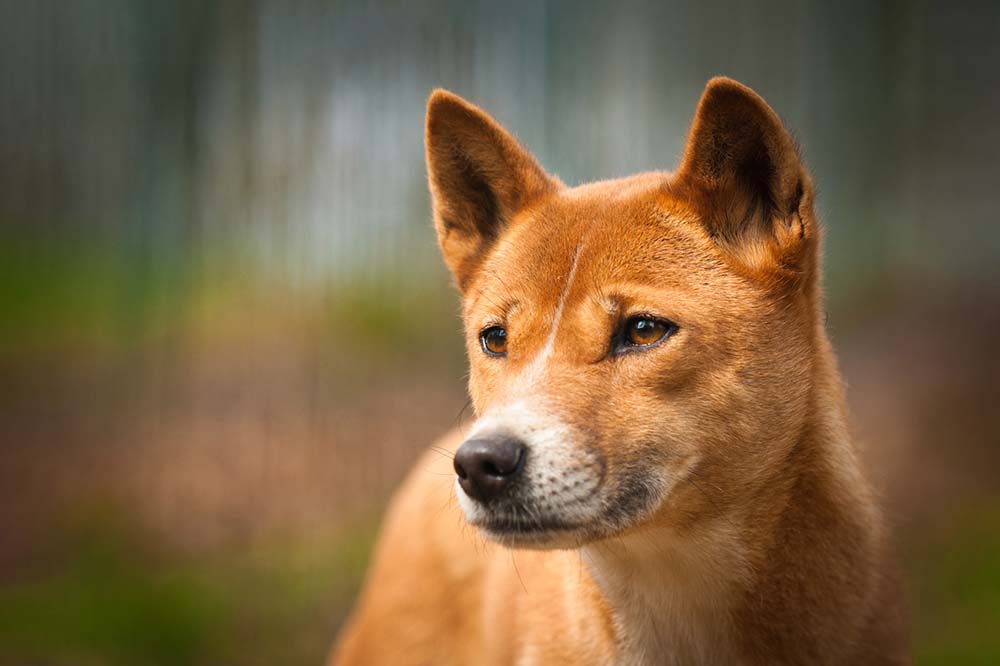
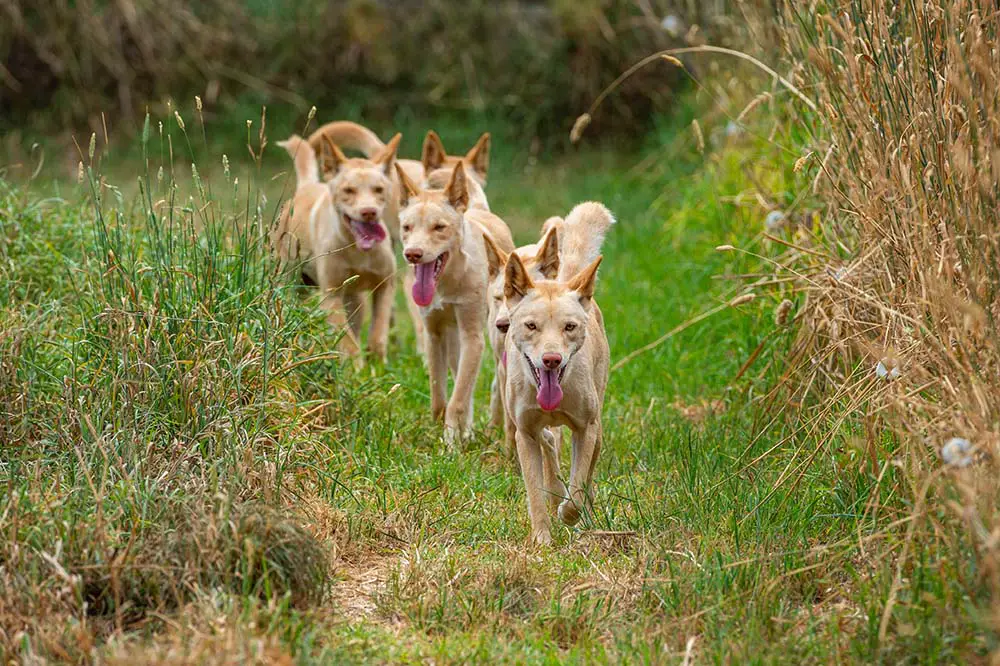
Left: Close portrait of dingo | Dusan Vainer / Shutterstock & Right: A pack of Dingos found in Australia | iPostnikov / Shutterstock
03 – Coyote | Canis latrans
The coyote (also pronounced kai·ote) is one divergence removed from the wolf and although their appearance is similar, they are much smaller weighing no more than around 20kg or 45lbs. They are found throughout North America as far north as Canada and Alaska and as far south as Panama. Historically, the population and distribution of the coyote have fluctuated greatly depending on the population of wolves and cougars, with whom they compete for territory and prey. They inhabit various biomes including grassland and desert and are also found in mountainous ecosystems. They are well-known for being highly vocal, exhibiting a range of vocalizations used for greetings, general contact and for warning their pups of potential threats.
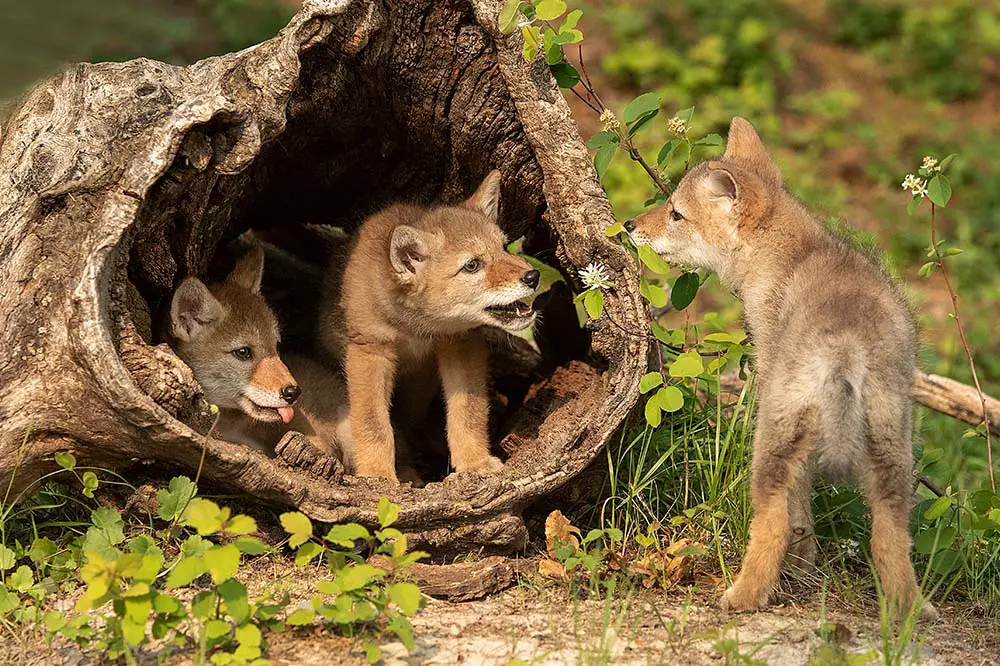
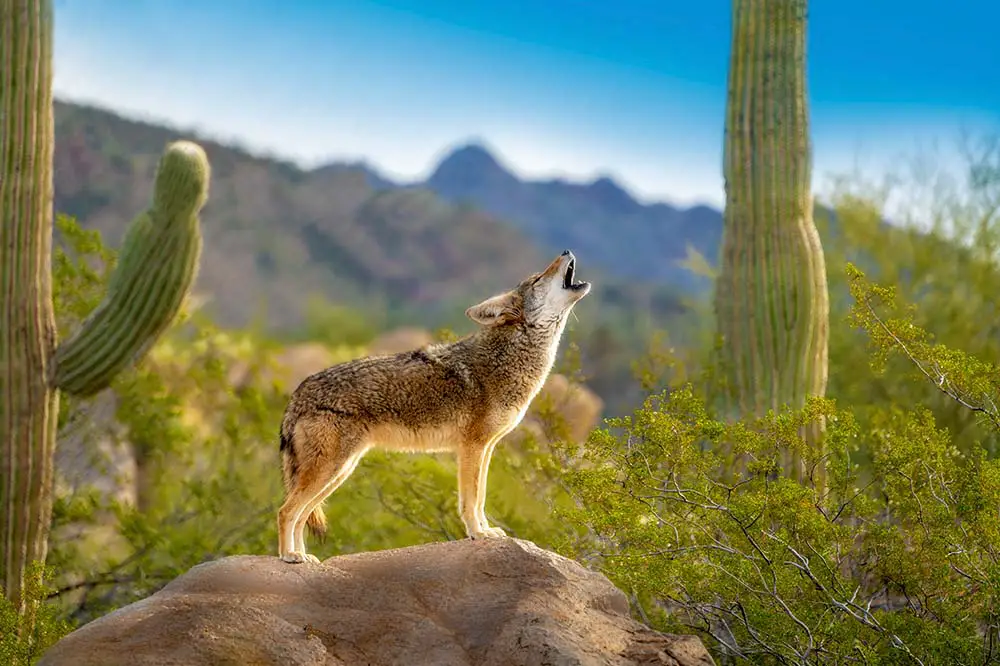
Left: Coyote Pups in a log den | Chris Desborough / Shutterstock & Right: Howling Coyote standing on Rock with Saguaro Cacti | Jay Pierstorff / Shutterstock
04 – African Golden Wolf | Canis lupaster
The African wolf, also known as the African golden wolf, is another canid subject to much taxonomic debate. It was previously thought to be a type of golden jackal, however recent analysis has found it to be distinct and more closely related to the coyote and wolf. There are various subspecies of the African wolf, many of whom look very similar to a coyote including the Egyptian wolf, the Serengeti Wolf and the Senegalese wolf. Unlike other species of wolf, the African wolf is usually found with their nuclear family instead of larger packs. In addition to small mammals, they are known to hunt the fawns of gazelles, working in groups of 2 or 3 to isolate and separate the fawn from her mother or herd.
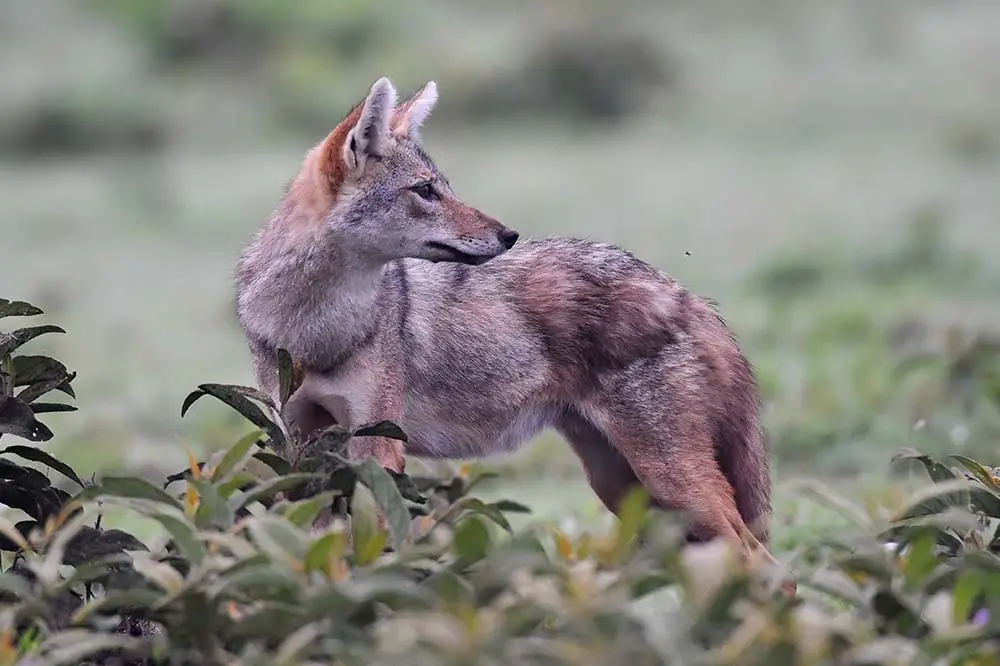
05 – Ethiopian Wolf | Canis simensis
The Ethiopian wolf is one of the rarest members of the canid family with only around 200-400 remaining in the wild. They live exclusively in 6 isolated high-elevation grassland areas of Ethiopia where there are large populations of rodents, their primary prey. They live mostly above the treeline and, following the activity pattern of rodents, are active mostly during the daytime. They are also known as the Simien jackal or Simien fox, exhibiting a spectacular reddish-brown and white coat and, like the grey wolf, can be found in packs of up to 20 members. Thankfully, they are currently subject to several conservation programs, which aim to reduce disease within the packs and maintain their habitat.
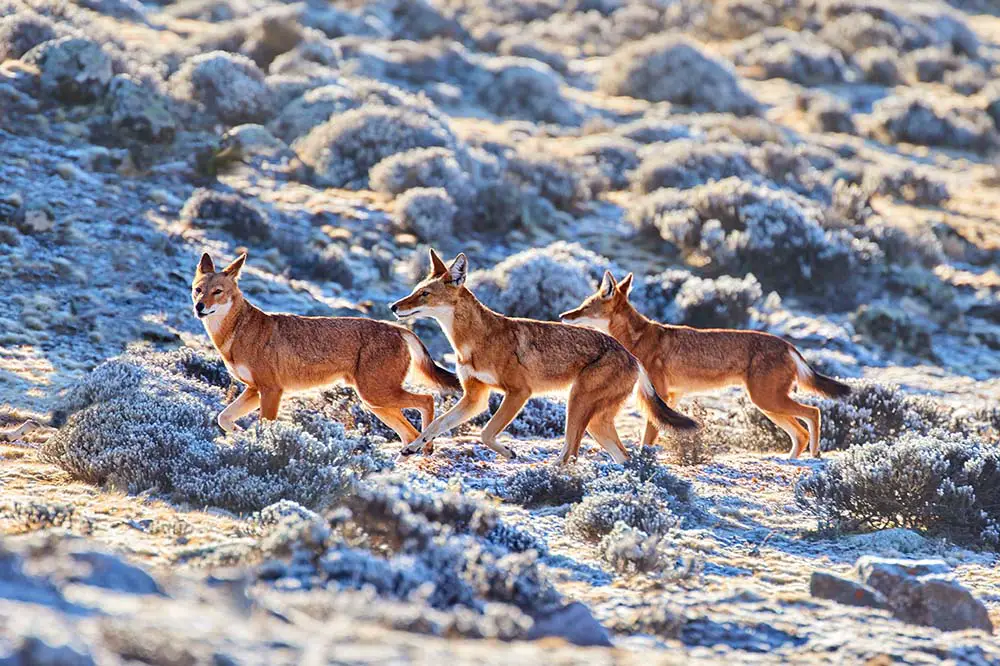
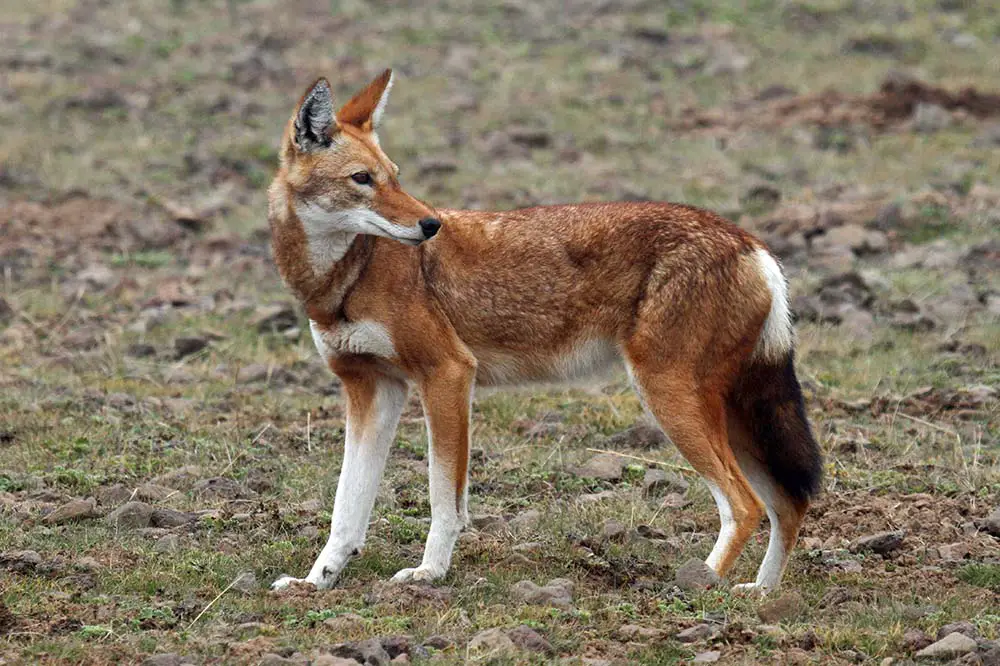
Left: Three highly endangered Ethiopian wolves, Sanetti plateau | Martin Mecnarowski / Shutterstock & Right: Ethiopian wolf on the Sanetti Plateau in the Bale Mountains in Ethiopia | Henk Bogaard / Shutterstock
06 – Golden Jackal | Canis aureus
The Golden Jackal is one of three species of jackal but, unlike its name would suggest, is not closely related to the other two jackal species. It is a member of the Canis genus along with all previously mentioned canids and lives in south-eastern Europe, the Middle East and South Asia. With such a large range, there are 13 subspecies of Golden jackal including the Persian jackal, the Indochinese jackal and the European jackal. They are omnivorous, eating a combination of meat and plant matter such as fruit and exhibit both predatory and scavenger-like behaviour, often waiting their turn on prey killed by larger animals such as tigers and grey wolves. They are commonly found in river valleys where they hunt aquatic rodents and birds.
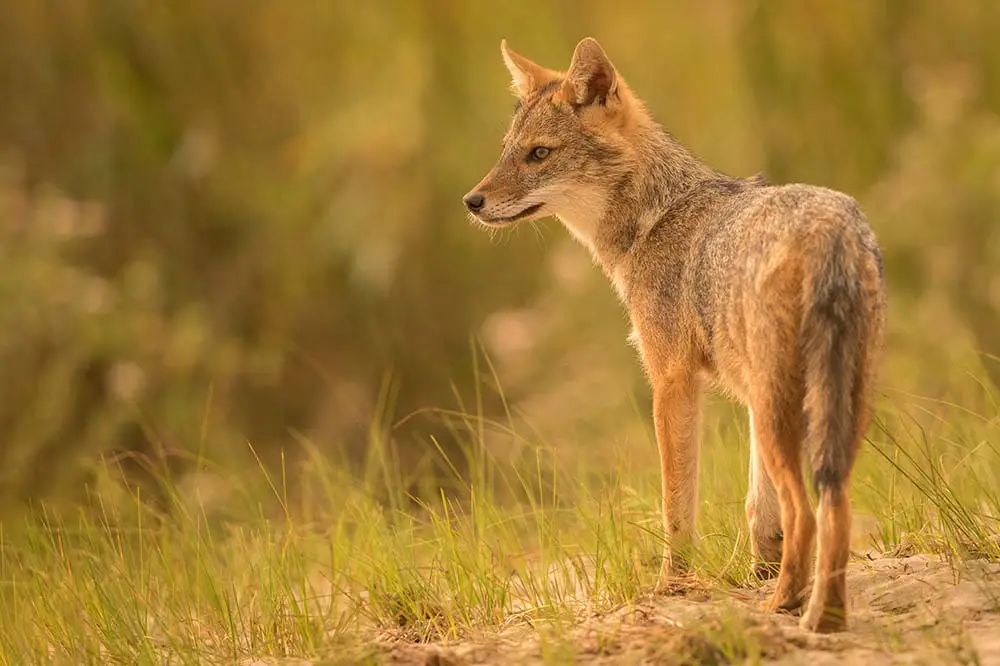
07 – Dhole | Cuon alpinus
Dholes are one divergence removed from the members of the Canis genus and are found throughout much of Asia, as far west as India, as far north as China, and as far south as the Islands of Indonesia. They are also known as the Asian wild dog, the mountain dog and the red dog, exhibiting a dark reddish-brown coat and a black tail. Like many of the other canine species, dholes are highly social and can be found in packs of up to 40 members. They inhabit the vast swaths of tropical forest found in Asia and their range often overlaps with large felines such as tigers and leopards, with whom they compete for prey.
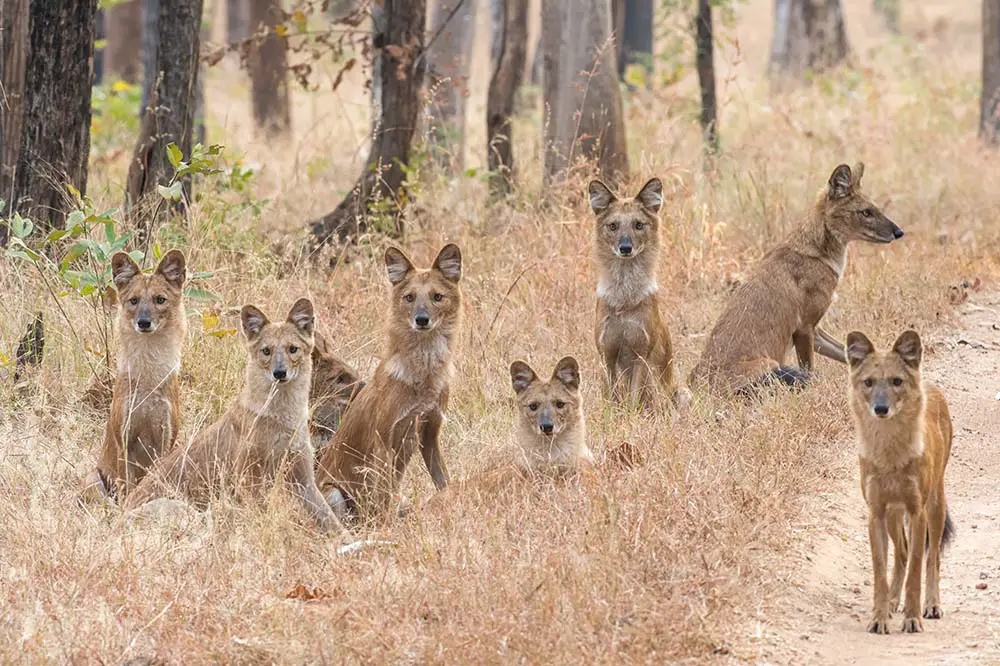
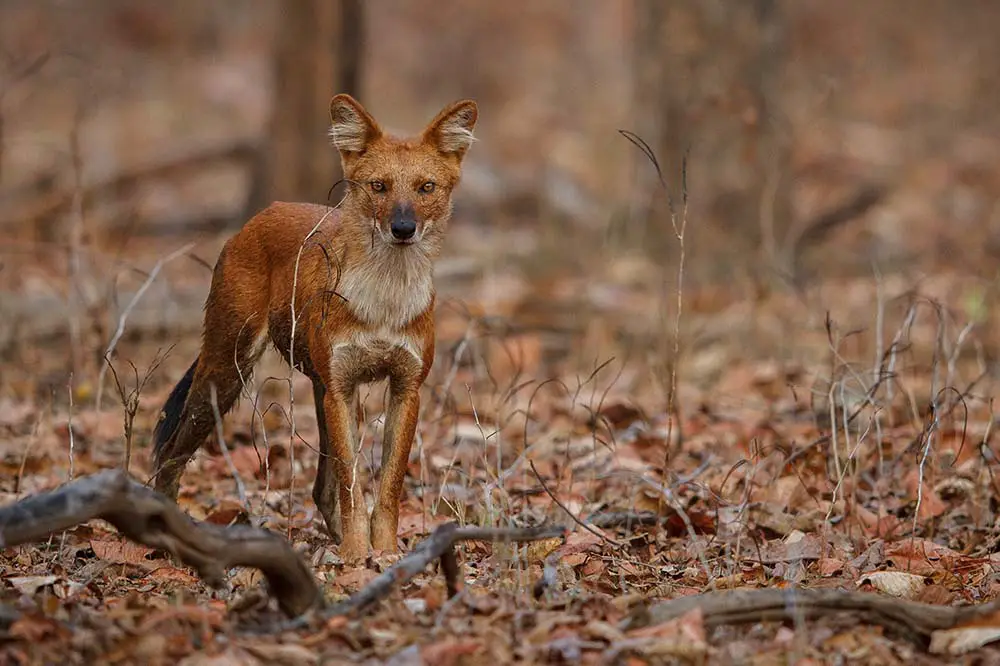
Left: A pack of Dholes | NaturesMomentsuk / Shutterstock & Dhole aka Indian Wild Dog | PhotocechCZ / Shutterstock
08 – African Wild Dog | Lycaon pictus
The African wild dog boasts the unofficial title of the world’s most colourful canine; their coat is made up of white, tan and black blotches and they have large prominent ears. They are one of the largest canids in Africa, weighing up to 80lbs or 36kg. Today, the pack size of the African wild dog rarely exceeds 50, however, there were reports in the 19th and 20th centuries of packs consisting of over 100 dogs roaming the savannah. Unlike most other canids, it is female wild dogs who are dispersed from the pack instead of males; these loan females will eventually join a different pack, a behaviour that prevents inbreeding. They are found throughout much of sub-Saharan Africa but are currently listed as endangered with fewer than 6,000 remaining in the wild.
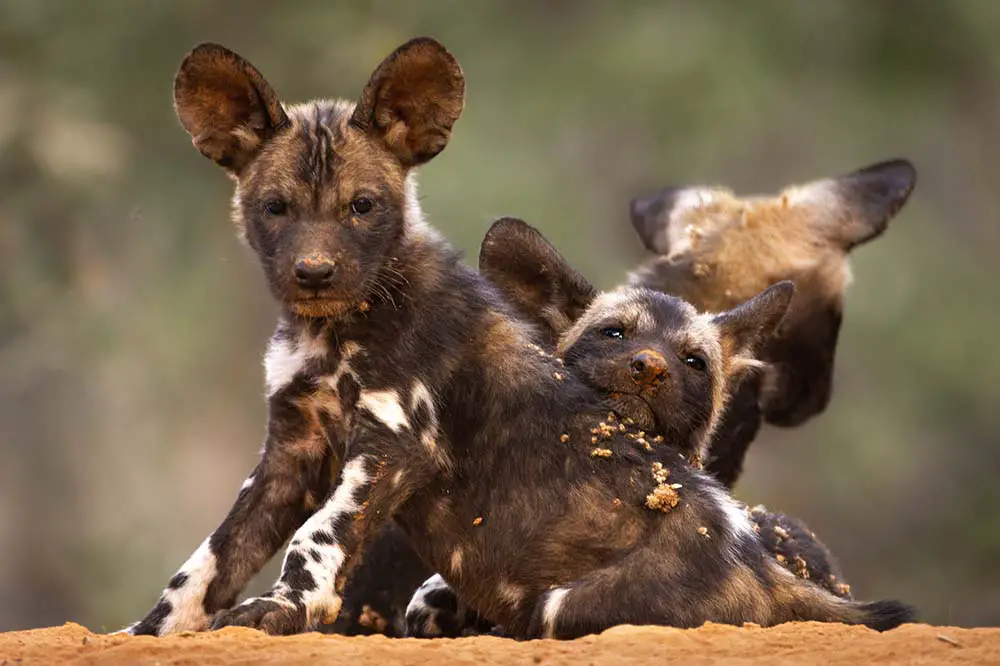
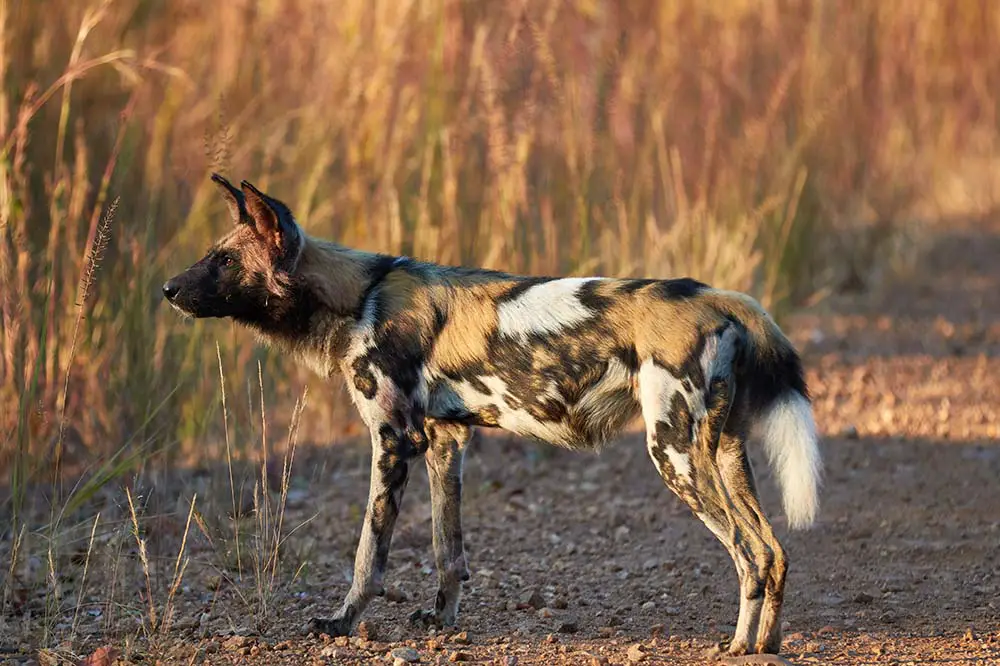
Left: African wild dog pups, also known as the painted wolf | Quinn Kloppers / Shutterstock & Right: An African wild dog in Kafue National Park | Lennjo / Shutterstock
09 – Side-Striped Jackal | Lupulella adusta
The side-striped jackal is the first of two closely related jackal species, and the last two species of wild dog in the Canini sub-tribe. They are slightly larger than the black-backed jackal but are still much smaller than the African wild dog, weighing a maximum of 31lbs or 14kg. They are found throughout much of sub-Saharan Africa where they feed on invertebrates, small mammals such as the springhare and large amounts of fruit, which can make up around 30% of its diet depending on the season. As their name would suggest, the side-striped jackal has a black and white stripe on the side of its body, making it easily distinguishable from Africa’s other jackal species.
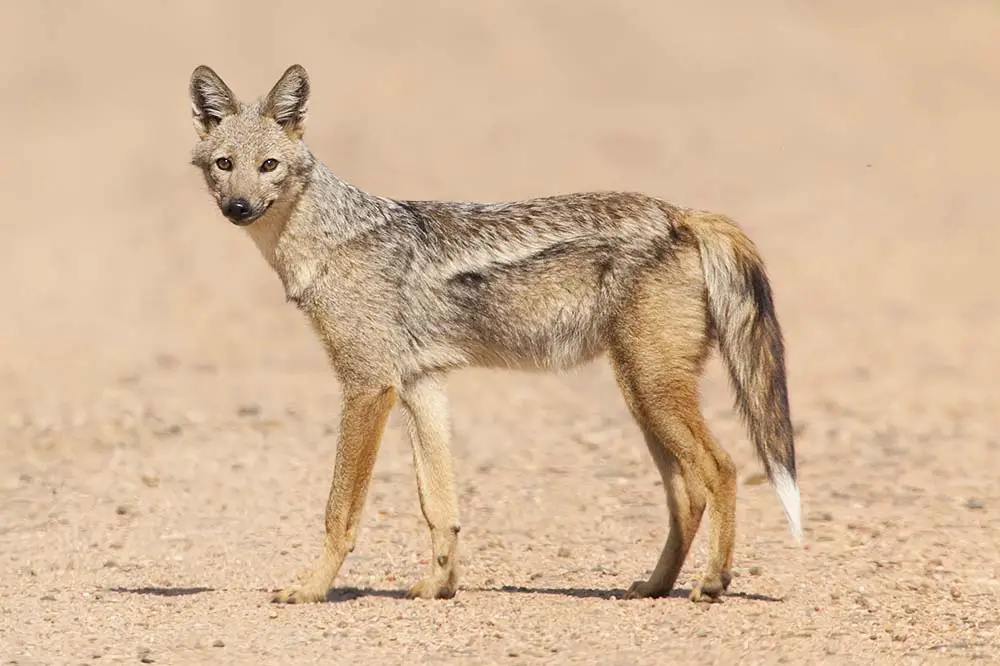
10 – Black-Backed Jackal | Lupulella mesomelas
The black-backed jackal is also easily distinguishable, sporting a black back and tail. There are two known subspecies; the cape black-backed jackal occupies the southern tip of Africa, extending no further than the coastlines of Nambia and southern Angola. The East African black-backed jackal roams the eastern side of the continent from Tanzania in the south to Ethiopia and Eritrea in the north. Like their side-striped cousins, they feed on many different types of invertebrates including beetles, spiders and scorpions but are also capable of bringing down larger mammals such as impala. This species has only a few natural predators and will happily roam the savannah alongside other animals such as hyenas, vultures and eagles who also scavenge kills by larger animals.
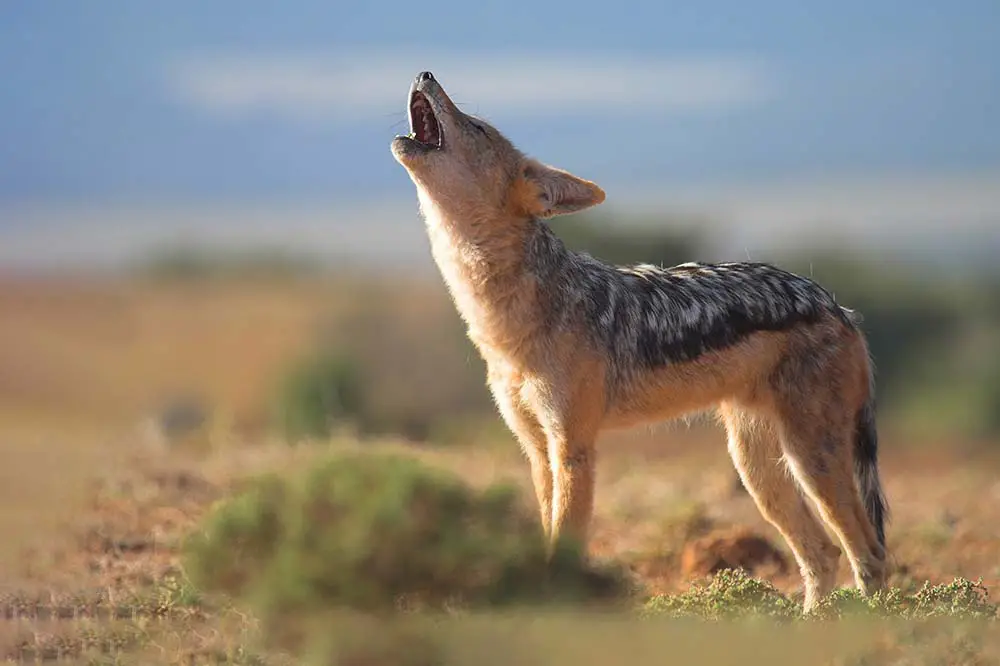
South American Canines | Cerdocyonina (subtribe)
The South American canines are contained within Cerdocyonina, the sister subtribe to the previously discussed Canina. This subtribe includes 1 species of wolf, 2 species of dog and an additional 7 species of fox.
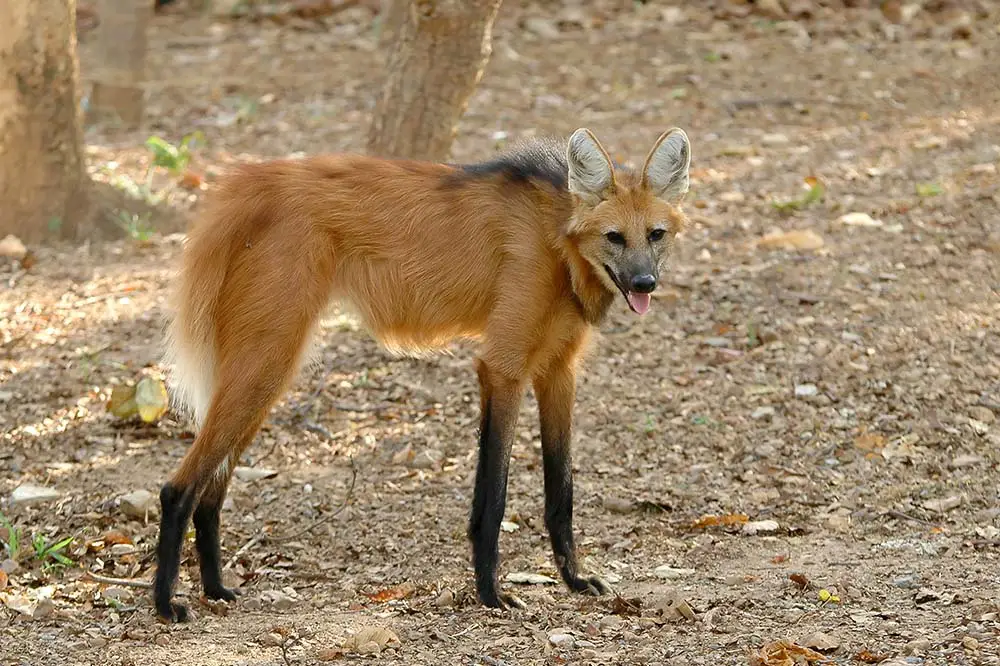
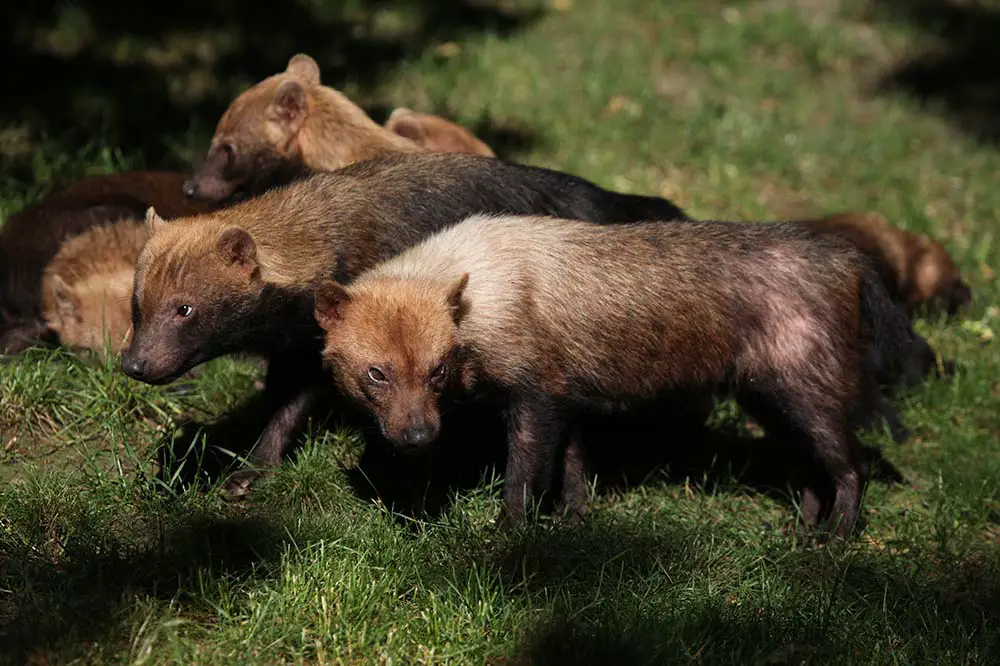
Left: Maned wolf | Anan Kaewkhammul / Shutterstock & Right: Pack of bush dogs | Vladimir Wrangel / Shutterstock
11 – Maned Wolf | Chrysocyon brachyurus
The maned wolf is the largest canine in South America, weighing up to around 30kg or 66lbs. They are found mainly in the grasslands and forests of Brazil and also in northern Argentina, Bolivia, Peru and Paraguay. They have a very unique appearance with a similar colouration to that of the common fox but physical characteristics that more closely match a wolf, such as long, slender legs. Unlike most of the canines we’ve discussed so far, the maned wolf is a solitary animal, who are found most commonly in mated pairs. They are active mostly during the night when they hunt and traverse their territory and are known to rest in areas of thick brush during the day. The maned wolf is omnivorous and more so than any other canine previously discussed; the wolf apple is a plant found on the Brazilian savannah and is named so for making up more than 50% of the maned wolf’s diet.
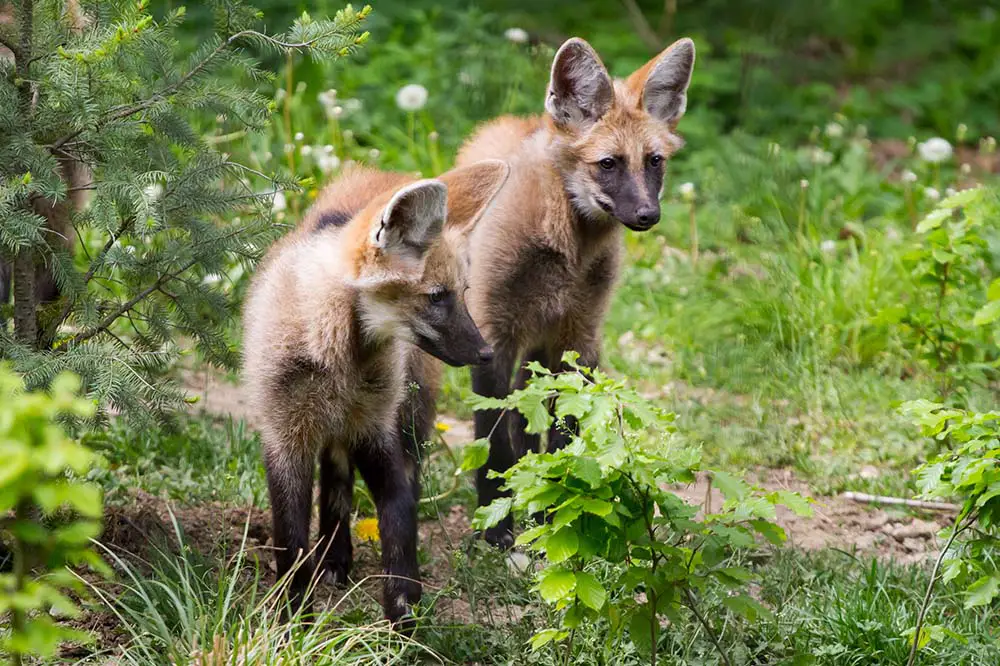
12 – Bush Dog | Speothos venaticus
The bush dog, also known as the savannah dog is a short and stocky canine more closely related to the manned wolf than any other canid. They weigh a mere 7kg or 15 pounds and stand just 30cm at the shoulder. The bush dog has a large range, stretching from the southern regions of Brazil to Venezuela’s Caribbean coastline and even extending into southern Panama through the isthmus of Panama. They are usually found hunting large rodents such as capybaras and agouti in small packs. They have also been known to take down much larger prey such as tapir, which can weigh up to 250kg or 550lbs. Their conservation status is currently listed as near threatened due to habitat loss, however, these animals have a positive relationship with humans, helping to quell populations of rodents in the areas in which they live.
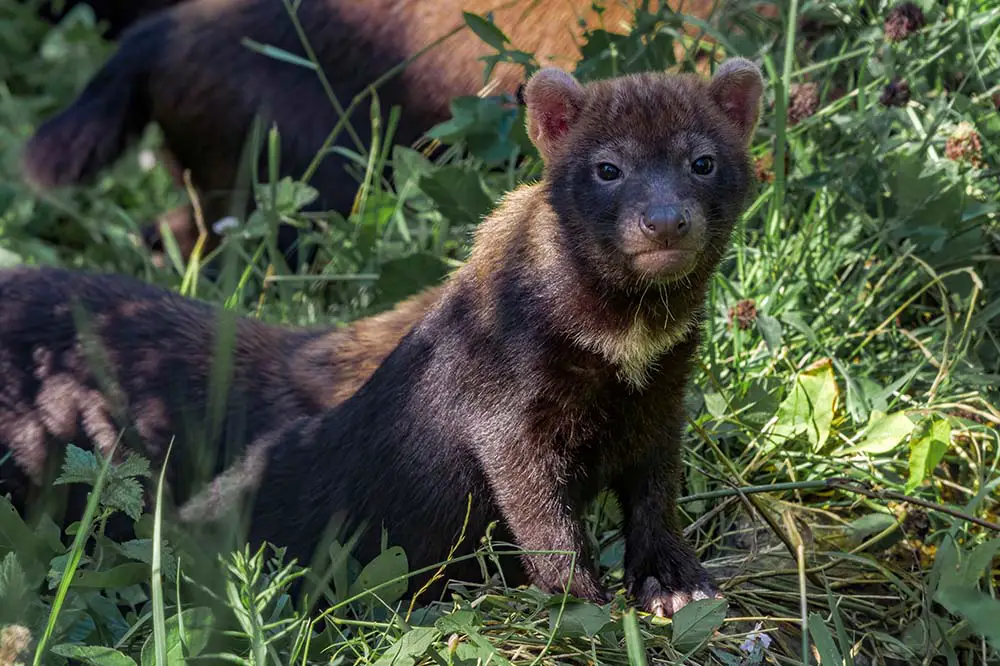
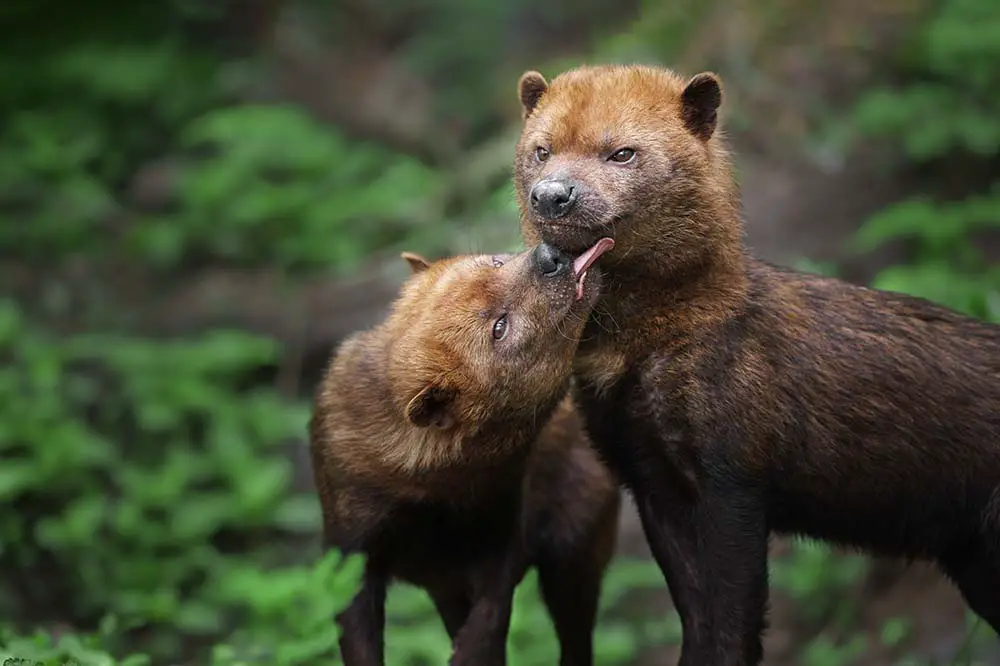
Left: Bush dog pup | Nick Pecker / Shutterstock & Affectionate bush dogs | Josef Svoboda / Shutterstock
13 – Short-Eared Dog | Atelocynus microtis
The short-eared dog is similar in appearance to the bush dog and is exceptionally rare. They are found in northern South America and are currently listed as near threatened.
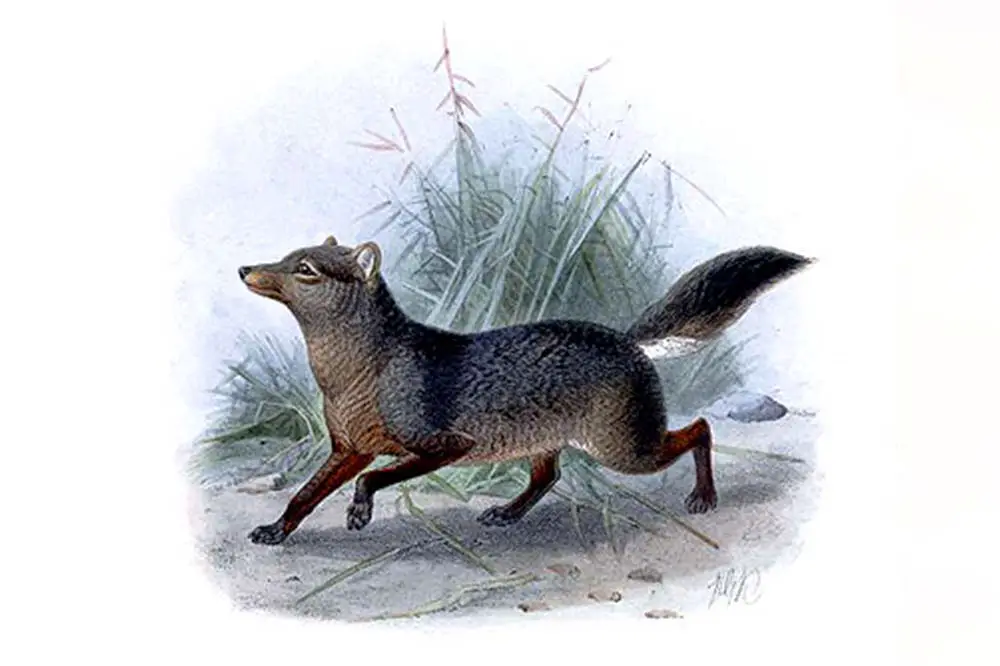
Fox-like Canines | Vulpini (tribe)
The fox-like canines are a tribe of canids named Vulpini, mostly made up of true foxes, however, there are also two species of racoon dog included in this group.
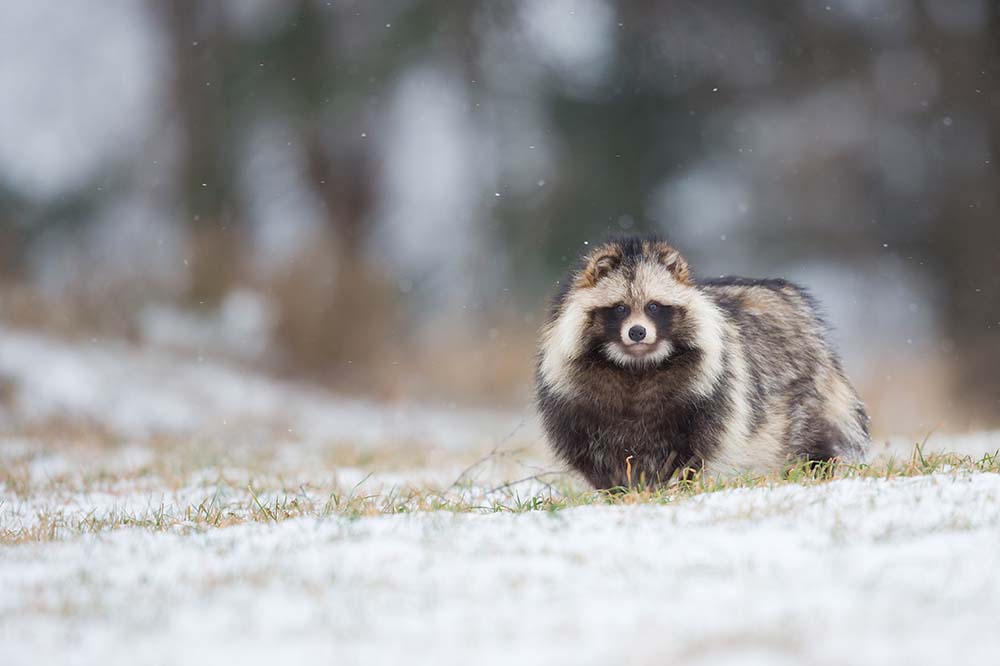
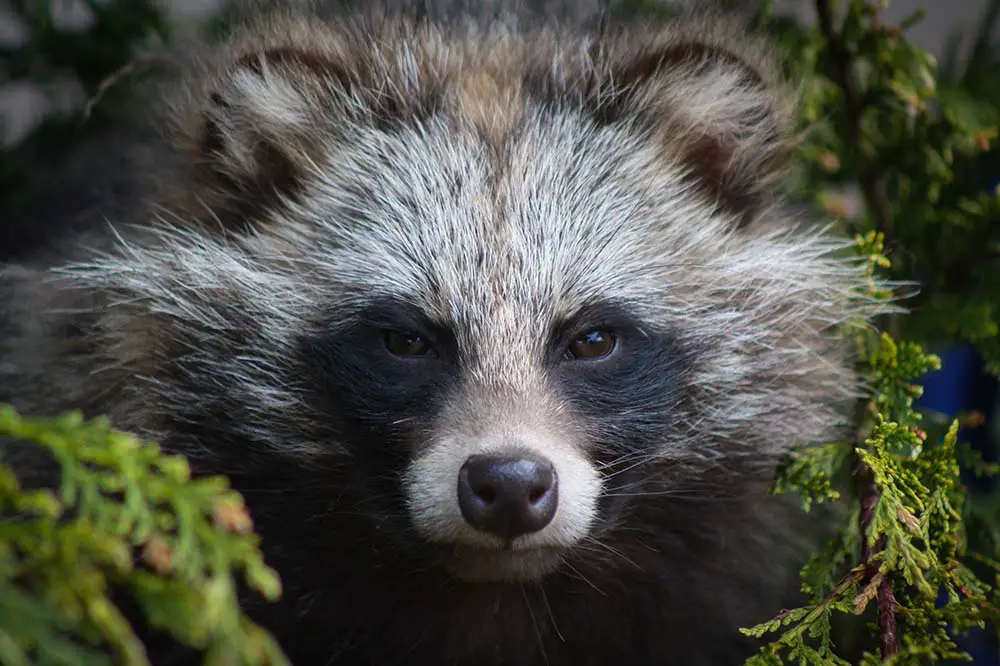
Left: Japanese Raccoon dog or tanuki in the snow | Milan Zygmunt Shutterstock & Common racoon dog close up | Laura H Roberts / Shutterstock
14 – Common Racoon Dog | Nyctereutes procyonoides
Despite their name, racoon dogs are not closely related to raccoons and are only similar in appearance with short, white muzzles and black fur around their eyes. Their diet is made up of many different types of small animal including insects, birds, reptiles and amphibians, which they eat while dodging wolves, which can account for over 60% of their deaths. Racoon dogs are roughly the same size as bush dogs but have long shaggy fur used to stave off the freezing winter temperatures where they live, which can reach as low as -25 degrees centigrade or -13 Fahrenheit. The common racoon dog is found in two main populations: their native range exists mostly in China but also extends as far north as Siberia and as far south as Vietnam and Laos. A second population exists in Europe, where they are not native but instead have been introduced.
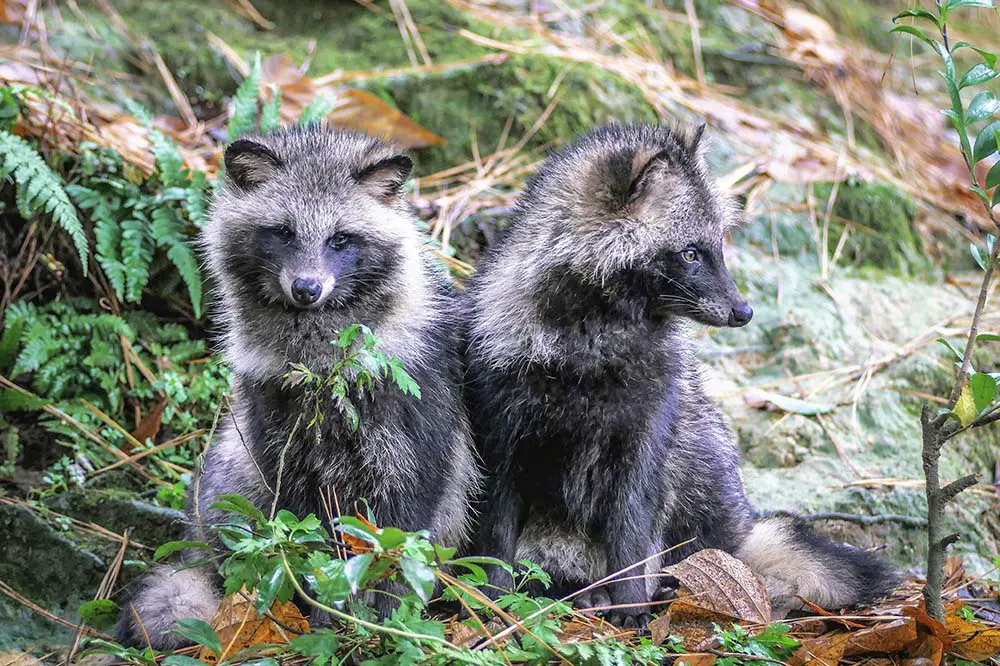
15 – Japanese Racoon Dog | Nyctereutes viverrinus
Also known as the Tanuki, the Japanese raccoon dog, which is a separate species, is very similar in appearance to the common raccoon dog but found on the island nation of Japan. Unlike the common raccoon dog who are seen as pests and an invasive species in Europe, tanuki are revered in Asian culture and are seen as cute, mischievous creatures, a perception that’s not difficult to agree with, in my opinion!
